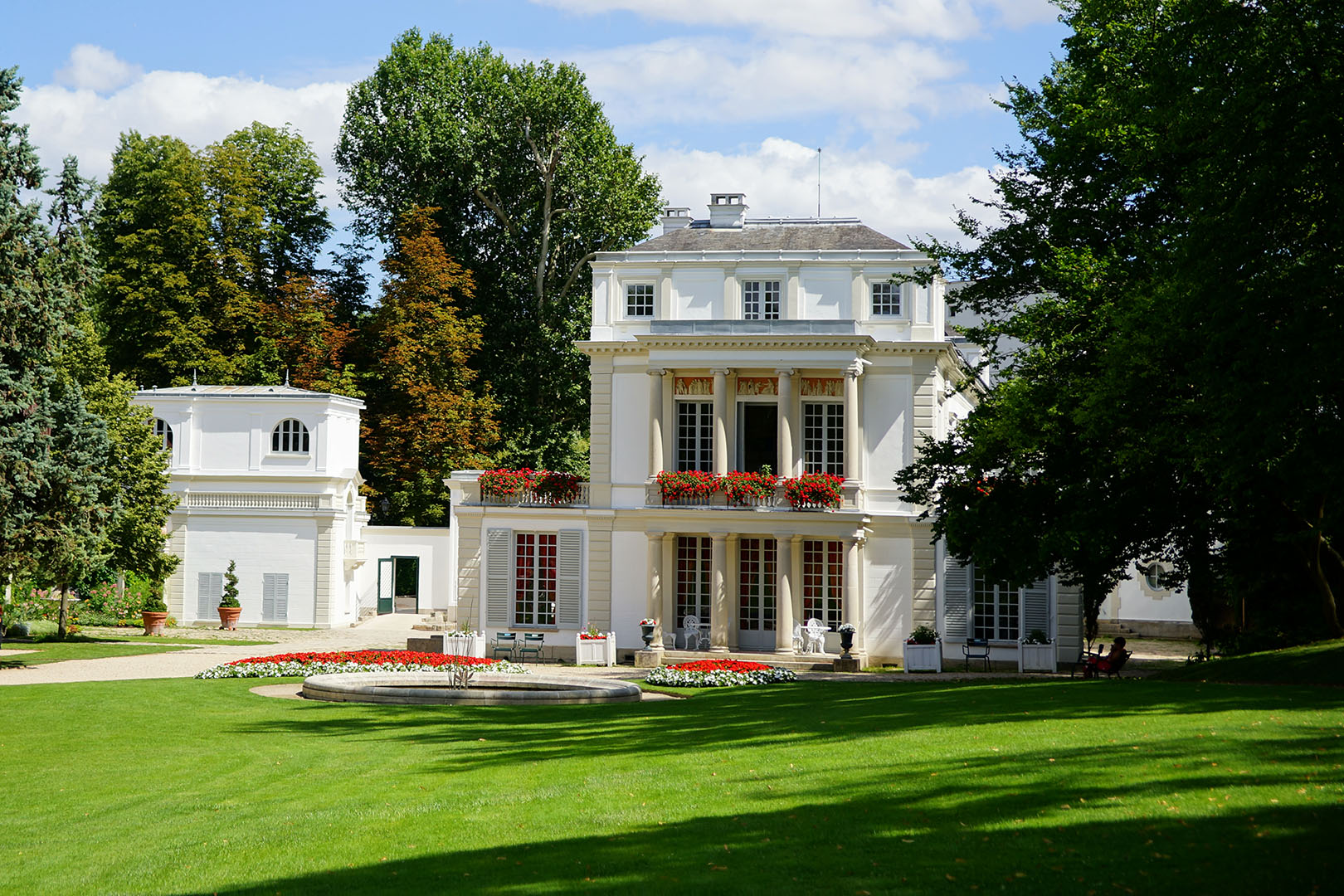Musée de la Faïence: Ceramics with a difference in magical Provence
Text: Jane Labous | Photos © Musée De La Faience
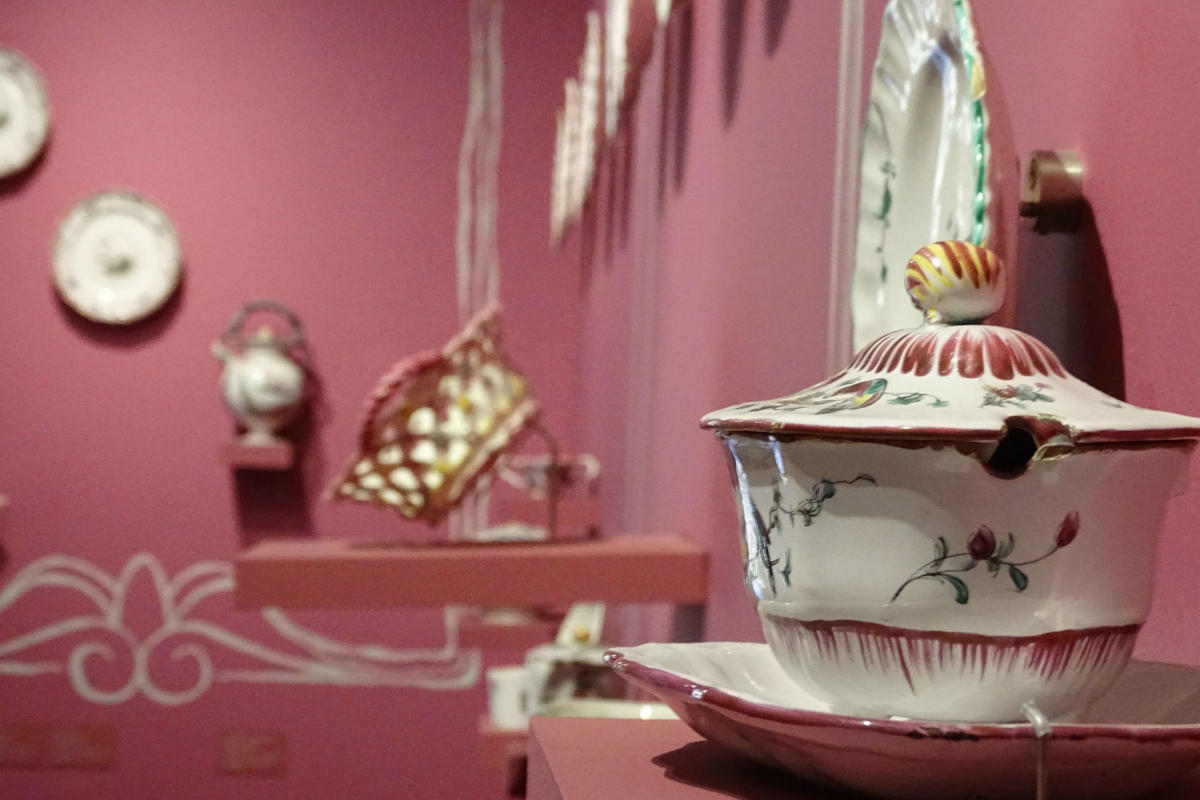
Photo: Laure Roux
In a beautiful corner of mountainous Provence, in a village where at twilight the buildings glow pink in the setting sun, there is a very special museum
The village of Moustiers-Sainte-Marie has long been known for its pottery. In the shadow of the Provençal hills, artisans there have been making ceramics since the Middle Ages. During the reign of Louis XIV, Moustiers-Sainte-Marie ceramics had the reputation of being the finest in France. The pieces are made of Moustiers clay, notoriously superior in quality to other clays available because it contains high levels of limestone. This prevents the clay from cracking at the first firing. Before being used by the artisans, the clay is crushed, cleaned and washed, then left to rot for several months in vast underground cellars.
“There are still ten working, living ceramics workshops in the village of Moustiers-Sainte-Marie, each with its own characteristics,” says Virginie Lions, who works at the museum in the heart of the village. “You can visit the workshops to learn about all the stages of manufacturing a piece of ceramic, and you can buy ceramics there, or during your visit to the village.”
It is a wonderful place, adds Virginie. “Moustiers-Sainte-Marie is such a beautiful village, where we live well, and the people that live there – including me – are friendly, welcoming, always smiling! We love to welcome tourists here.”
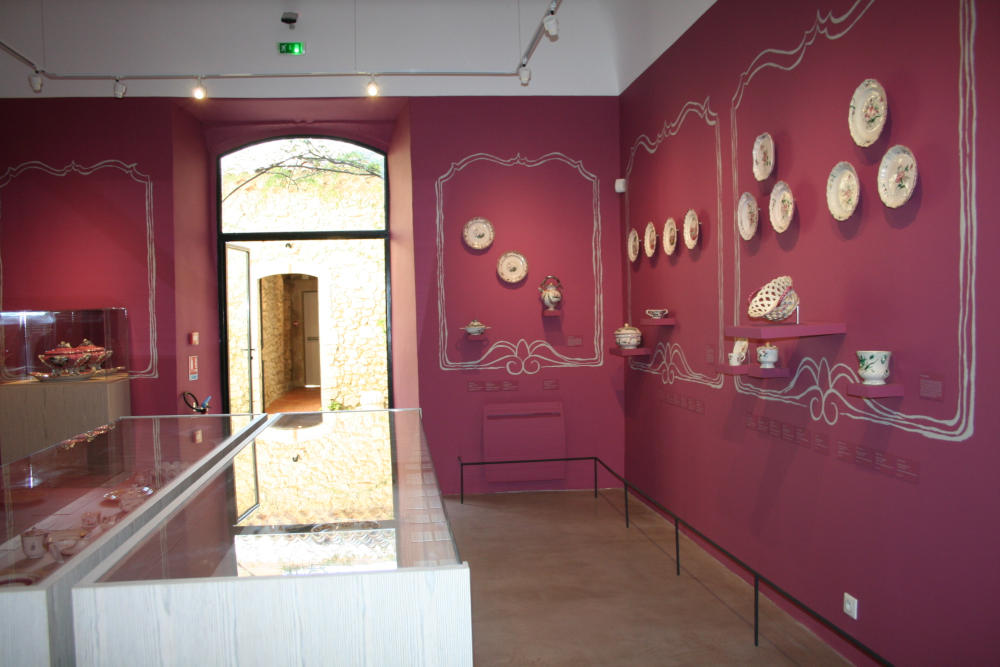
Pots of history
When ceramics first began in Moustiers-Sainte-Marie, only objects in glazed clay were produced, using the natural colours of green and brown. Then, in 1679, a local potter called Pierre Clérissy founded a dynasty of local potters that would remain active until the late 18th century. Clérissy began making luxuriously-decorated ceramics using white enamel and cobalt blue that became desired objects for the French population of the time.
At the end of the 17th century and up until 1730, Clerissy potters made large hunting dishes with a central decoration showing a hunting scene, most often drawn from the engravings of Antonio Tempesta, an Italian Renaissance painter whose engraved work circulated at the time throughout Europe.
Later on in the 17th century, the Moustiers potters embraced a more colourful style featuring arabesques, architectural motifs, birds, vases of flowers and other more fanciful decorations. Then, Joseph Olerys founded a workshop in 1738, introducing polychrome and producing ceramics painted in purple, soft green, orange and blue.
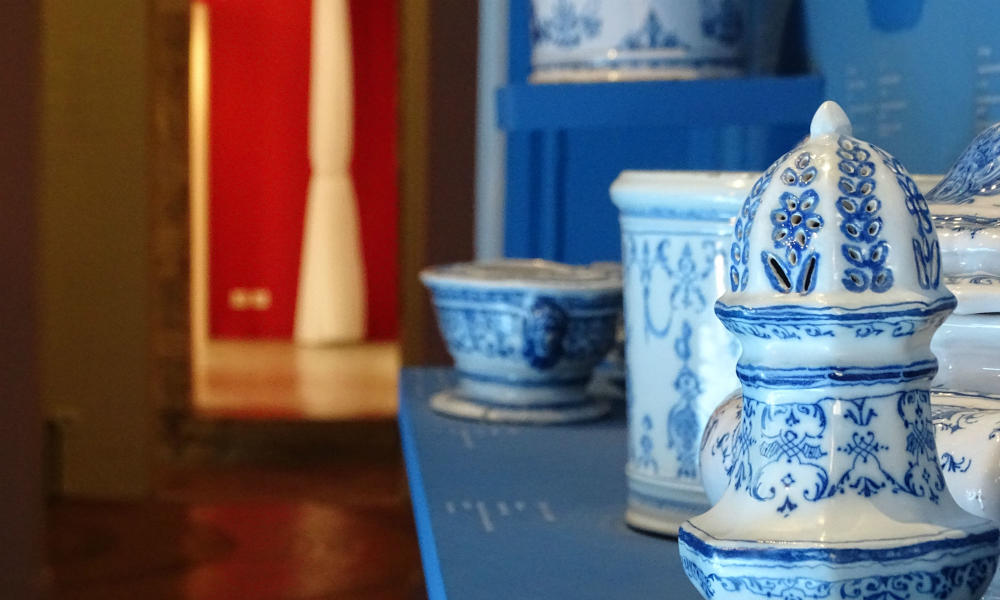
Many of these treasures can be seen in the large blue living room at the museum.
“During your visit to the museum, you’ll be astonished when you go into the large blue salon,” said Lions. “This room mainly displays ceramics with blue decor that come from the two former companies that dominated the beginnings of production here, namely Clérissy and Olérys. The chandelier, meanwhile, dates from 1900. It’s made of transparent Murano glass with pure gold glitter.”
Easter bells
The local ceramics trade gradually died out around 1870 with the arrival of English ceramics and bigger industry, and for a while, Moustiers’ ceramics stopped. Then, a man called Marcel Provence, a local arts expert, decided to reinvent the local industry, and the ceramics workshops in Moustiers-Sainte-Marie fired up again on 15 September, 1929, under the supervision of Marcel Provence (Joannon) and the Academy of Moustiers.
Marcel Joannon was a journalist, writer, historian, ethnologist − and lover of Provence, so much so that he made it his surname. As well as reviving the local ceramics industry, Provence created the Academy of Moustiers-Sainte-Marie to oversee the study of ceramics and the folklore of Moustiers-Sainte-Marie, as well as the museum. Meanwhile, he set to work as master potter to reinstate the Moustiers-Sainte-Marie ceramics industry. Marcel Provence’s workshop closed its doors in 1937, but he continued to take an active interest in the museum and the academy. When Simone Garnier, another potter, came to set up a workshop in 1943, Provence co-financed the purchase, believing that his work would continue.
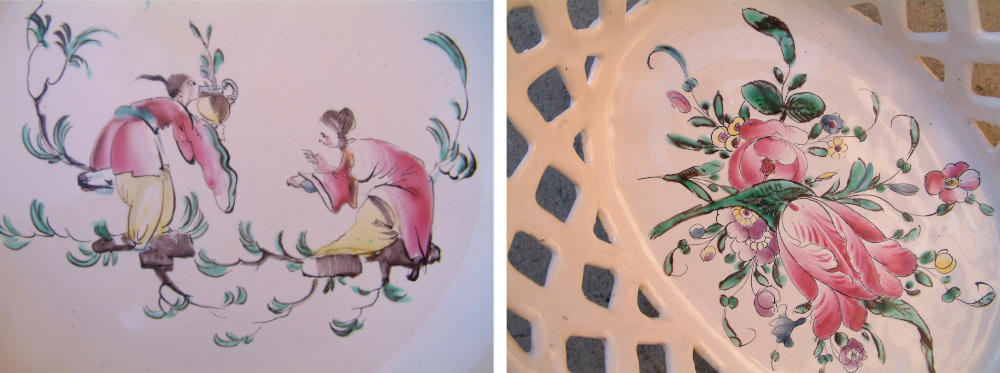
Provence passionately believed that Moustiers clay was something special, and liked to point out the sound of a good piece of ceramic. “The earthenware of Moustiers has its own accent,” he said. “Touch it with a nail and it makes a crystalline sound, like Easter bells in the mountains.”
Now the museum displays five centuries of masterpieces and more than 300 rare ceramics through a collection funded by the donation of patron Pierre Jourdan-Barry.
“The style of ceramics has evolved through the years, thanks to the evolution of colours and contemporary decorative styles,” said Virginie. “But the art of ceramics is still very much on the move. I think ceramics are interesting to everyone, from old treasures to modern-day creations, because our potters in this village are always adapting and growing their style to reflect modern trends and fashions. They are a little like fashion designers.”
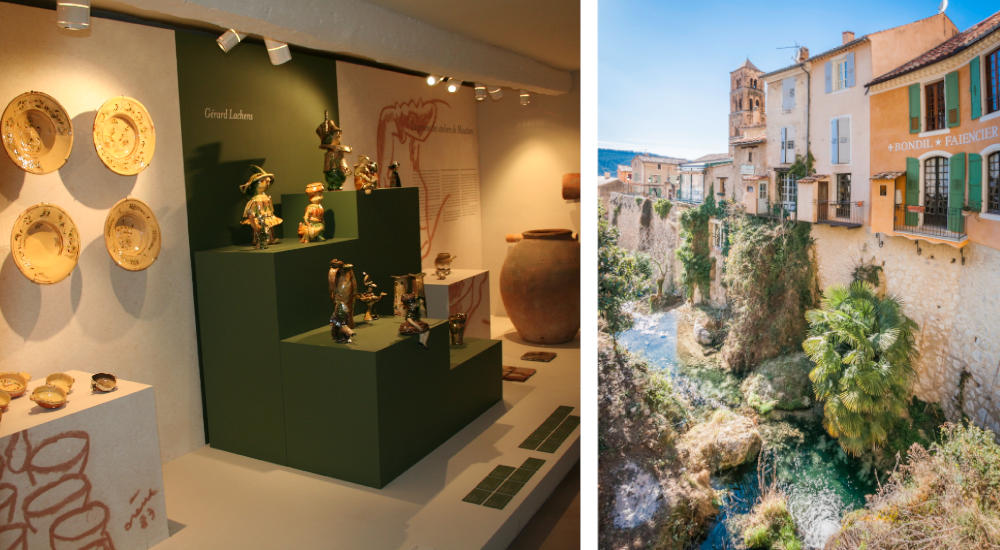
Right: Photo: Philippe Murtas
Details: MuPop is open Tuesday to Sunday from 10am to 12 noon and from 2pm to 6pm. Admission is 7,50€ for adults, 5€ for over 60s, 4€ for 13 to 18 year olds and 2€ for 7 to 12 year olds. MuPop 3 Rue Notre Dame, 03100 Montluçon, France Tel.: 00 33 4 70 02 19 62 Web: moustiers.fr/en/ceramics
Subscribe to Our Newsletter
Receive our monthly newsletter by email




